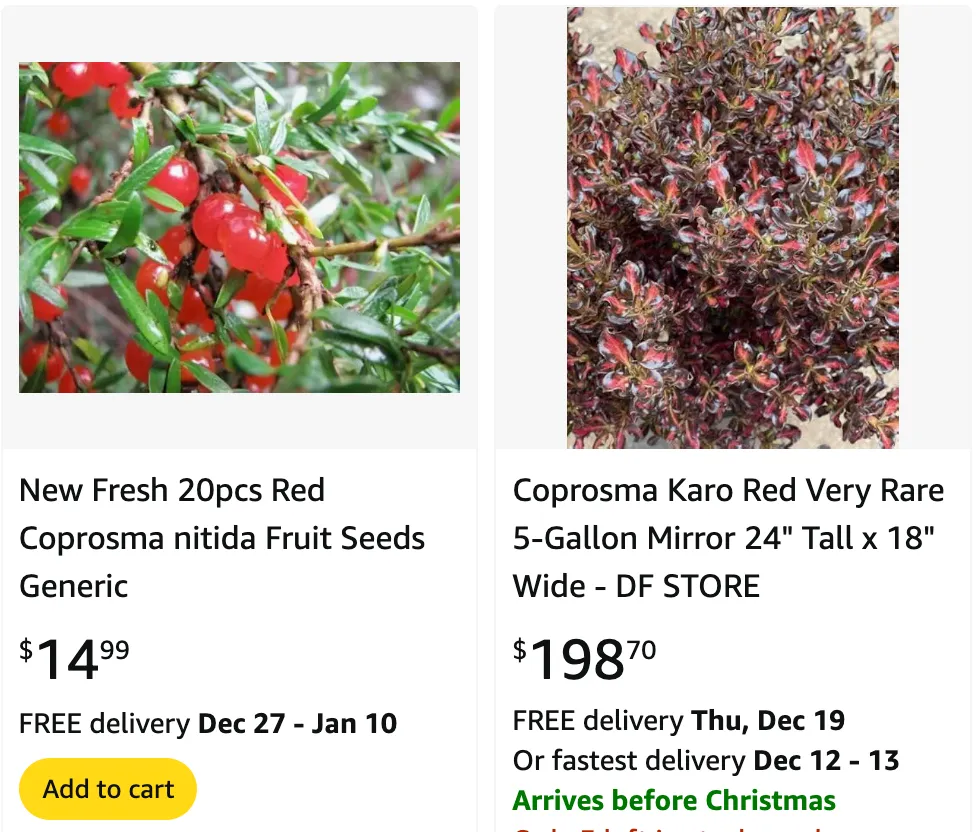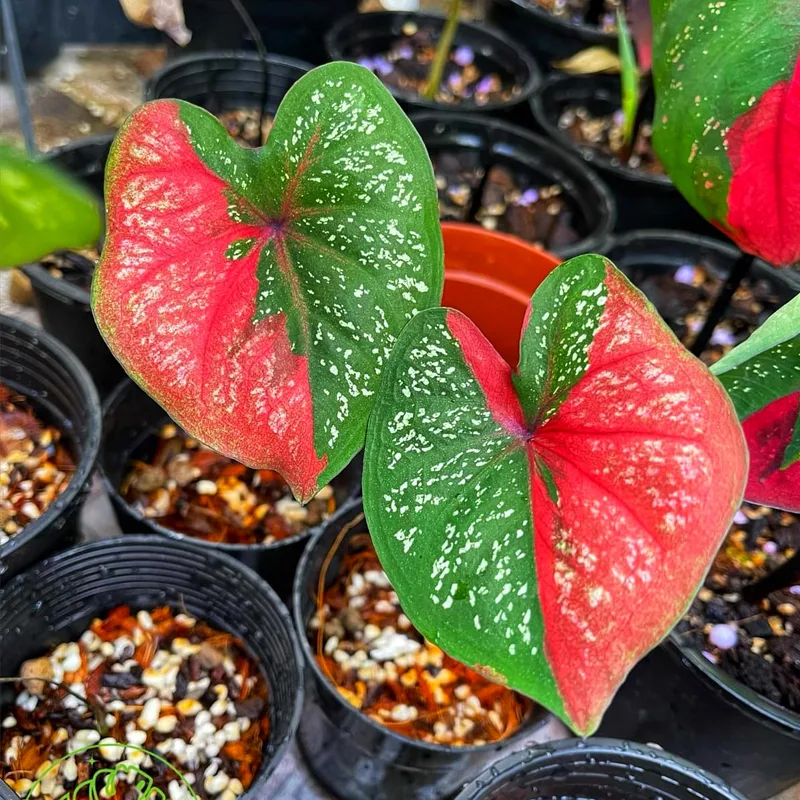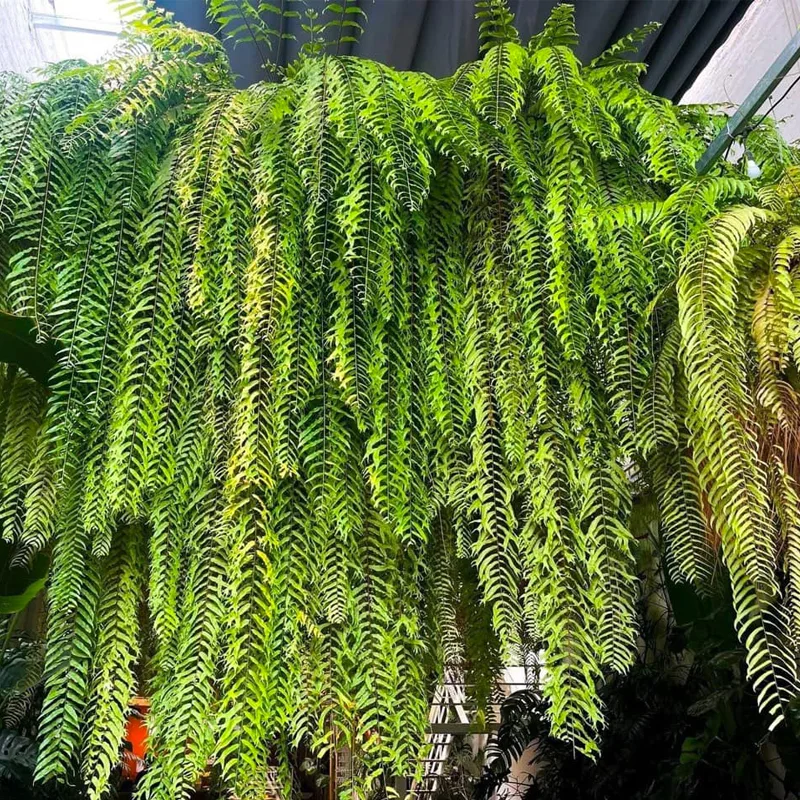
August 20 – Coprosma
"Coprosma, the mirror plant, represents August 20."
Coprosma symbolizes reflection and adaptability. You learn and grow from every experience, shining brighter each day. Like its glossy leaves, you reflect beauty and wisdom.
Diving Deep into the World of Coprosma
Hello, Ferb Vu here, ready to share my fascination with a genus of plants that always catches my eye – Coprosma. This diverse group of plants, belonging to the Rubiaceae family, boasts a wide array of shrubs and small trees, each with its unique charm. Native to Australia, New Zealand, and various Pacific islands, Coprosma species thrive in diverse habitats, from coastal cliffs to mountainous forests. What draws me to them is their incredible versatility and the vibrant splash of color they bring to any landscape.
A Diverse Family with Unique Characteristics
The name Coprosma, meaning “dung smell,” might seem a bit off-putting at first. It refers to the rather unpleasant odor produced when the leaves of some species are crushed. However, don’t let that deter you! This unique characteristic is just one of the many intriguing aspects of this genus.
Coprosma plants are dioecious, meaning they have separate male and female plants. The male plants often bear inconspicuous flowers, while the female plants produce colorful, fleshy fruits that are a feast for the eyes. These berries, ranging in hues from vibrant red and orange to deep purple and blue, not only add visual interest but also play a crucial role in the ecosystem by providing food for birds and other wildlife.
One of the defining features of Coprosma is the presence of domatia on their leaves. These tiny chambers, often found on the underside of the leaves, provide shelter for beneficial mites that help protect the plant from harmful pests. This symbiotic relationship is a testament to the fascinating interplay between plants and their environment.
A Kaleidoscope of Colors and Forms
The diversity within the Coprosma genus is truly remarkable. From ground-hugging creepers to towering trees, there’s a Coprosma for every garden.
- Coprosma acerosa A.Cunn.
- Coprosma acutifolia Hook.f.
- Coprosma arborea Kirk
- Coprosma archboldiana Merr. & L.M.Perry
- Coprosma × arcuata Colenso
- Coprosma areolata Cheeseman
- Coprosma atropurpurea (Cockayne & Allan) L.B.Moore
- Coprosma barbata Utteridge
- Coprosma baueri Endl.
- Coprosma benefica W.R.B.Oliv.
- Coprosma bougainvilleensis Gideon
- Coprosma brassii Merr. & L.M.Perry
- Coprosma brunnea (Kirk) Cockayne
- Coprosma × buchananii Kirk
- Coprosma chathamica Cockayne
- Coprosma cheesemanii W.R.B.Oliv.
- Coprosma ciliata Hook.f.
- Coprosma colensoi Hook.f.
- Coprosma cookei Fosberg
- Coprosma cordicarpa J.Cantley, Sporck-Koehler & Chau
- Coprosma crassifolia Colenso
- Coprosma crenulata W.R.B.Oliv.
- Coprosma cuneata Hook.f.
- Coprosma × cunninghamii Hook.f.
- Coprosma cymosa Hillebr.
- Coprosma decurva Heads
- Coprosma depressa Colenso ex Hook.f.
- Coprosma divergens W.R.B.Oliv.
- Coprosma dodonaeifolia W.R.B.Oliv.
- Coprosma dumosa (Cheeseman) G.T.Jane
- Coprosma elatirioides de Lange & A.S.Markey
- Coprosma elegans Utteridge
- Coprosma elliptica W.R.B.Oliv.
- Coprosma ernodeoides A.Gray
- Coprosma esulcata (F.Br.) Fosberg
- Coprosma fatuhivaensis W.L.Wagner & Lorence
- Coprosma foetidissima J.R.Forst. & G.Forst.
- Coprosma foliosa A.Gray
- Coprosma fowerakeri D.A.Norton & de Lange
- Coprosma glabrata J.W.Moore
- Coprosma × gracilicaulis Carse
- Coprosma × gracilis A.Cunn.
- Coprosma grandifolia Hook.f.
- Coprosma hirtella Labill.
- Coprosma hookeri Stapf
- Coprosma huttoniana P.S.Green
- Coprosma inopinata I.Hutton & P.S.Green
- Coprosma intertexta G.Simpson
- Coprosma kauensis (A.Gray) A.Heller
- Coprosma kawaikiniensis K.R.Wood, Lorence & Kiehn
- Coprosma × kirkii Cheeseman
- Coprosma laevigata Cheeseman
- Coprosma lanceolaris F.Muell.
- Coprosma linariifolia (Hook.f.) Hook.f.
- Coprosma longifolia A.Gray
- Coprosma lucida J.R.Forst. & G.Forst.
- Coprosma macrocarpa Cheeseman
- Coprosma menziesii A.Gray
- Coprosma meyeri W.L.Wagner & Lorence
- Coprosma microcarpa Hook.f.
- Coprosma × molokaiensis H.St.John
- Coprosma montana Hillebr.
- Coprosma moorei F.Muell. ex Rodway
- Coprosma neglecta Cheeseman
- Coprosma nephelephila J.Florence
- Coprosma niphophila Orchard
- Coprosma nitida Hook.f.
- Coprosma nivalis W.R.B.Oliv.
- Coprosma novaehebridae W.R.B.Oliv.
- Coprosma obconica Kirk
- Coprosma ochracea W.R.B.Oliv.
- Coprosma oliveri Fosberg
- Coprosma papuensis W.R.B.Oliv.
- Coprosma parviflora Hook.f.
- Coprosma pedicellata Molly, P.J.Lange & B.D.Clarkson
- Coprosma perpusilla Colenso
- Coprosma persicifolia A.Gray
- Coprosma petiolata Hook.f.
- Coprosma petriei Cheeseman
- Coprosma pilosa Endl.
- Coprosma polymorpha W.R.B.Oliv.
- Coprosma prisca W.R.B.Oliv.
- Coprosma propinqua A.Cunn.
- Coprosma pseudociliata G.T.Jane
- Coprosma pseudocuneata W.R.B.Oliv. ex Garn.-Jones & Elder
- Coprosma pubens A.Gray
- Coprosma pumila Hook.f.
- Coprosma putida C.Moore & F.Muell.
- Coprosma pyrifolia (Hook. & Arn.) Skottsb.
- Coprosma quadrifida (Labill.) B.L.Rob.
- Coprosma raiateensis J.W.Moore
- Coprosma rapensis F.Br.
- Coprosma repens A.Rich. Plant FAQs: Coprosma Repens
- Coprosma reticulata J.Florence
- Coprosma rhamnoides A.Cunn.
- Coprosma rhynchocarpa A.Gray
- Coprosma rigida Cheeseman
- Coprosma robusta Raoul
- Coprosma rotundifolia A.Cunn.
- Coprosma rubra Petrie
- Coprosma rugosa Cheeseman
- Coprosma savaiiensis Rech.
- Coprosma serrulata Hook.f. ex Buchanan
- Coprosma setosa J.W.Moore
- Coprosma spathulata A.Cunn.
- Coprosma stephanocarpa Hillebr.
- Coprosma strigulosa Lauterb.
- Coprosma sundana Miq.
- Coprosma × tadgellii W.R.B.Oliv.
- Coprosma tahitensis A.Gray
- Coprosma talbrockiei L.B.Moore & R.Mason
- Coprosma temetiuensis W.L.Wagner & Lorence
- Coprosma tenuicaulis Hook.f.
- Coprosma tenuifolia Cheeseman
- Coprosma ternata W.R.B.Oliv.
- Coprosma velutina Fosberg
- Coprosma virescens Petrie
- Coprosma waima A.P.Druce
- Coprosma waimeae Wawra
- Coprosma wallii Petrie
- Coprosma wollastonii Wernham
Cultivating Coprosma: Tips and Tricks
Coprosma plants are generally easy to grow and maintain, making them a popular choice for gardeners of all levels. They thrive in sunny locations but can tolerate some shade, especially in hotter climates. Well-drained soil is essential, and regular watering is necessary, particularly during dry periods.
Pruning can help maintain the desired shape and size of the plant. Whether you prefer a formal hedge or a more natural look, Coprosma can be easily shaped to fit your garden design.
Beyond the Garden: The Versatility of Coprosma
Coprosma plants not only enhance the beauty of gardens but also have a rich history of traditional uses. The Māori people of New Zealand have long utilized various Coprosma species for medicinal purposes, using the leaves and bark to treat ailments and injuries. The wood of some species was also used for making tools and dyes.
In modern times, Coprosma continues to be valued for its versatility. Its colorful foliage and berries make it a popular choice for floral arrangements and wreaths. The plant’s adaptability and hardiness also make it suitable for erosion control and revegetation projects.
My Personal Connection with Coprosma
As a plant enthusiast, I’m constantly drawn to the vibrant colors and unique forms of Coprosma. I admire their resilience and adaptability, their ability to thrive in diverse environments. I find a certain satisfaction in incorporating these plants into my garden, knowing that I’m contributing to the biodiversity of my local ecosystem.
Whether you’re a seasoned gardener or just starting out, I encourage you to explore the world of Coprosma. These fascinating plants offer a wealth of possibilities for adding color, texture, and ecological value to your garden.
If i die, water my plants!



